Those are harderMy dad went to my grandma's house yesterday and he caught a small, black Polyrhachis queen! She still has wings on but let's hope she's still a fertile queen.
Sent from my CPH2201 using Tapatalk
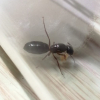
Those are harderMy dad went to my grandma's house yesterday and he caught a small, black Polyrhachis queen! She still has wings on but let's hope she's still a fertile queen.
Those are harderMy dad went to my grandma's house yesterday and he caught a small, black Polyrhachis queen! She still has wings on but let's hope she's still a fertile queen.
Sent from my CPH2201 using Tapatalk
She's showing signs of breaking off her wings and currently she only drank sugar water but I will feed her some insects later. The closest species I could get is Polyrhachis rastellata but she has black legs instead of red legs.
Here are some pics:
Polyrhachis sp, she's 7mm long (not including wings).
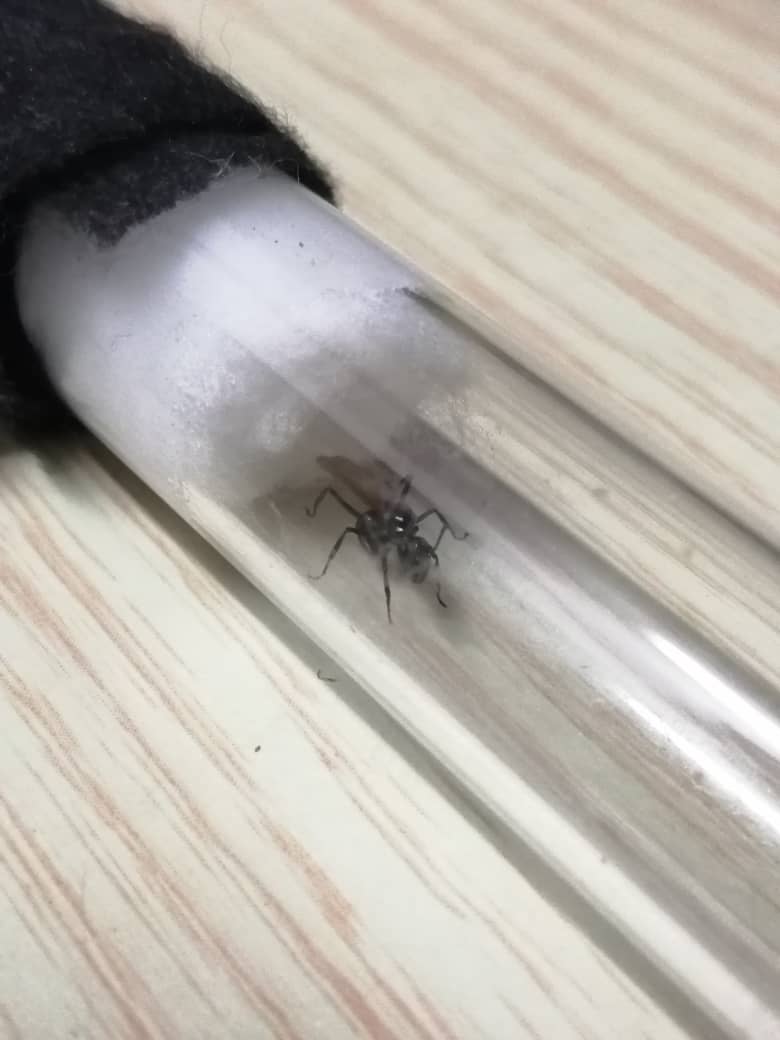
Anochetus sp, you should be able to see one worker foraging.
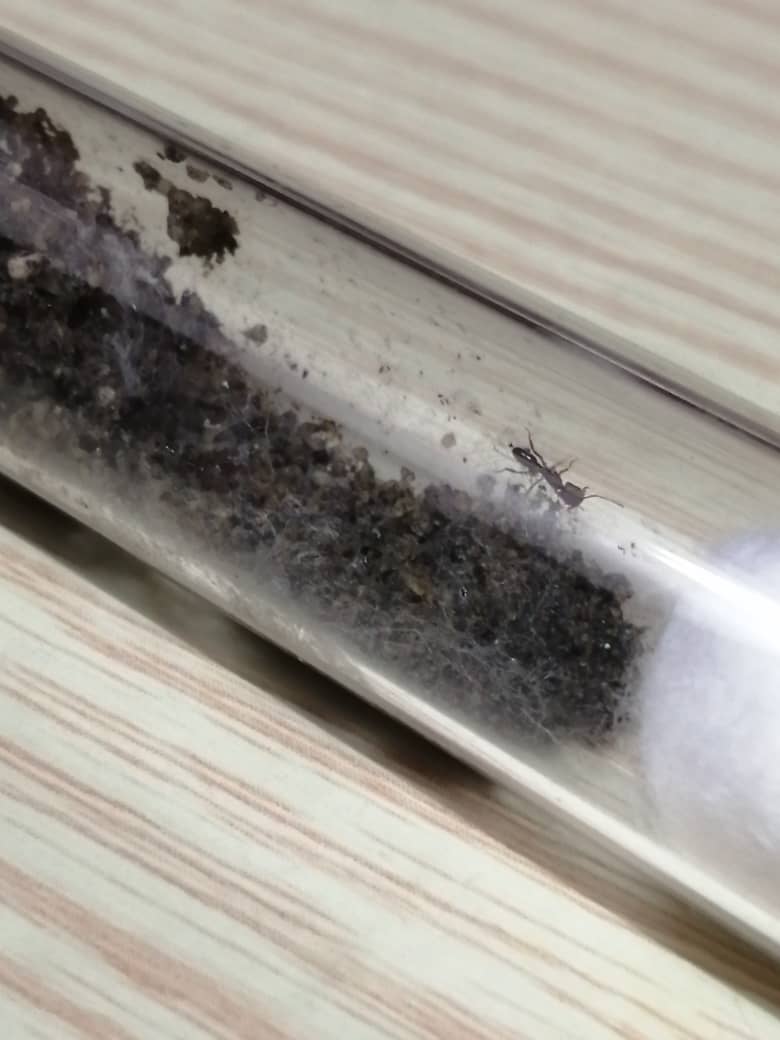
Lepisiota rothneyi, just an update on how big this colony is now ![]()
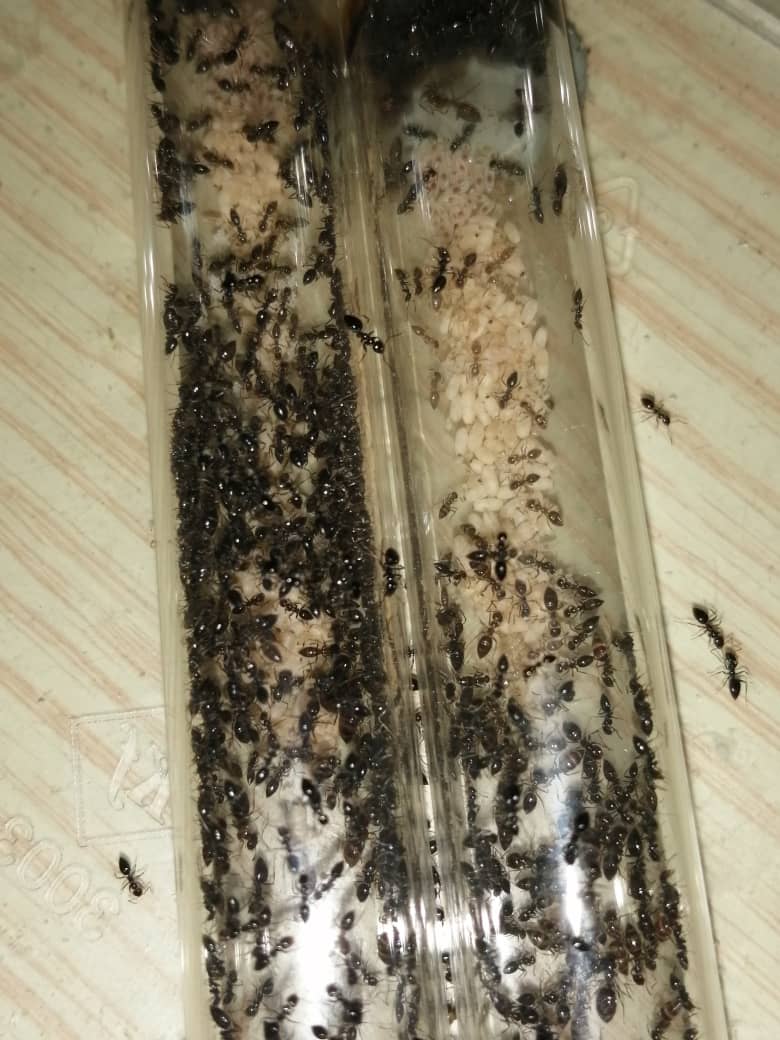
Edited by SYUTEO, August 23 2021 - 11:32 PM.
I'm jealous bro
Sent from my CPH2201 using Tapatalk
You don't have to, my Polyrhachis haven't laid eggs yet and she still has wings. Anochetus also has mites even though they're placed on a different desk than the other infected ants and there is no way I can stop the mites until lockdown is over unless I got lucky and found predatory mites in my house (even if I did, I may not be able to know if they even are predatory mites). Anyways, I haven't found any other queens ants except that Polyrhachis queen which may even be infertile.
Edited by SYUTEO, August 26 2021 - 5:43 AM.
I just caught a Tetramorium cf lanuginosum queen! ![]() I also found a Trap-jaw ant queen alate (O. simillimus) but she ran away before I could catch her.
I also found a Trap-jaw ant queen alate (O. simillimus) but she ran away before I could catch her. ![]()
Quite a few updates recently.
I managed to get the population of mites down by using the lemon therapy (though I used a lime) since there is no other choice and it actually worked! The thing is that the acidity of the lemon (or in this case a lime) will cause the mites to die and since the ants have Formic acid which is more acidic than Citric acid, the ants were able to survive it's acidity but the mites didn't. If it didn't work for you, then it's probably because the mites are more resistant to acidic conditions or that the lemon you used wasn't sour enough and you should try using other kinds of citrus fruits.
One Colobopsis worker died leaving only five workers left. ![]()
Anochetus made their current chamber MUCH bigger. Currently they have about 9-12 workers.
Camponotus irritans has their second major but interestingly, smaller than the first one they had.
Camponotus parius alate larvae started pupating.
I have a whole colony. You're gonna need multiple queens. 1 queen is possible but the queen can only raise 1 worker in the founding stage from my experience lolI just caught a Tetramorium cf lanuginosum queen!
I also found a Trap-jaw ant queen alate (O. simillimus) but she ran away before I could catch her.
I have a whole colony. You're gonna need multiple queens. 1 queen is possible but the queen can only raise 1 worker in the founding stage from my experience lolI just caught a Tetramorium cf lanuginosum queen!
I also found a Trap-jaw ant queen alate (O. simillimus) but she ran away before I could catch her.
Sent from my CPH2201 using Tapatalk
I only managed to find one queen unfortunately.
Update: Tetramorium has an egg!
Quick update: The second Crematogaster queen died. ![]()
Monomorium now has 8 workers and Polyrhachis died...
The Colobopsis workers are dying of old age and there is still no new workers replacing them. ![]() And Tetramorium has a big pile of eggs.
And Tetramorium has a big pile of eggs.
I have one major concern with my Anochetus colony and that's not mites, it's humidity. Since the chamber they built was touching the cotton, the substrate is getting very damp and there's water covering the substrate and with observations with a wild colony I found in my backyard, the substrate the wild colony was nesting in has much less humidity so I'm planning to move my colony to a new nest soon. I found that the humidity may be causing the larvae to fail to spin their cocoons and it may also be the reason why my Odontomachus colony didn't to so well and eventually die.
C. irritans has a third major, Tetramorium has 2 larvae, and Colobopsis died (they got killed by Pharaoh ants, not sure how they got in though).
Everyone, I managed to save the Colobopsis queen (at first I thought she was dead but some time later she's moving and now she can walk) , I moved her to a petri dish with a wet tissue paper and started feeding her, hopefully she can restart her colony.
I also moved the Anochetus colony to a petri dish with some substrate, moss, bark and rocks (I had a lot of petri dishes and I thought I should use some for housing some of my colonies) but the piece of bark started to mold and I had to introduce some springtails to control it (hopefully the ants won't hunt them down before the mold spreads too far). Pictures coming soon!
Edit: Unfortunately, the Colobopsis queen didn't make it, possibly due to her injuries from the pharaoh ants.
Edited by SYUTEO, September 6 2021 - 3:27 AM.
I think the Malaysian ant keepers progress are taking a turn for the worse. Time to update mine too.
Sent from my CPH2201 using Tapatalk
Honestly, yeah. I'm currently on a shortage of food for my ants because wild pharaoh ants keep killing my mealworms, my Dubia roaches are currently low on numbers but they are slowly coming back to the population I need, my Blatta lateralis are also too low on numbers for feeding all my ants.
I know you have waited 14 days for this and I'm sorry it took a long time.
Lepisiota rothneyi
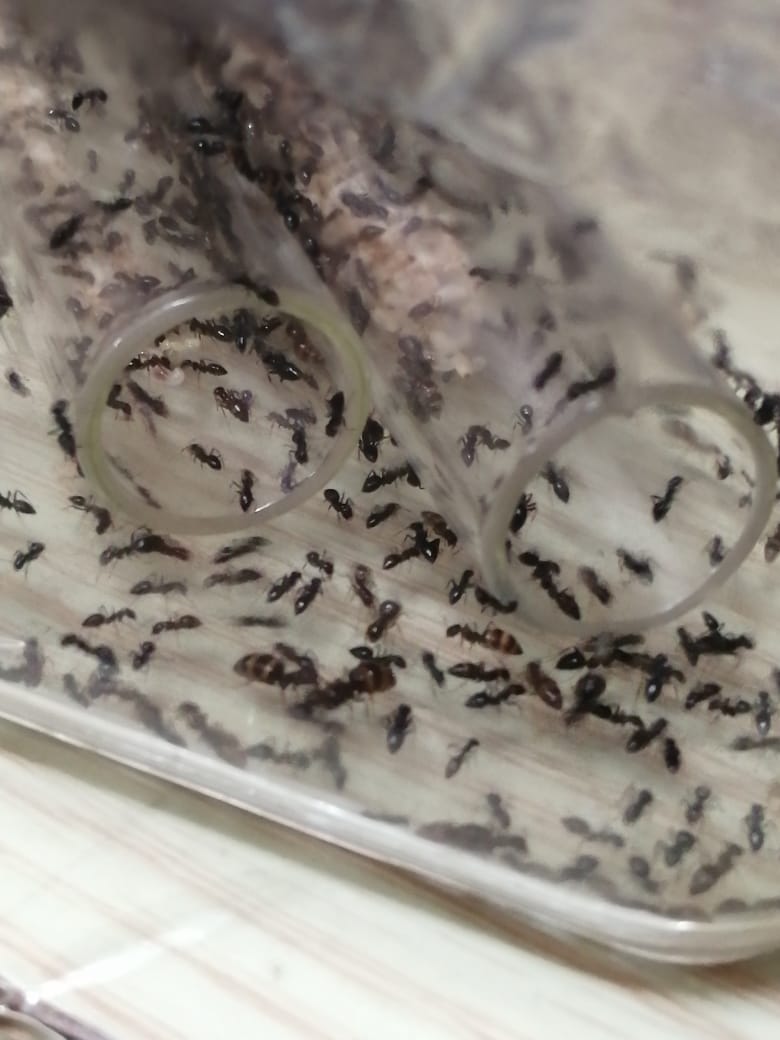
Monomorium monomorium, currently has 18-25 workers
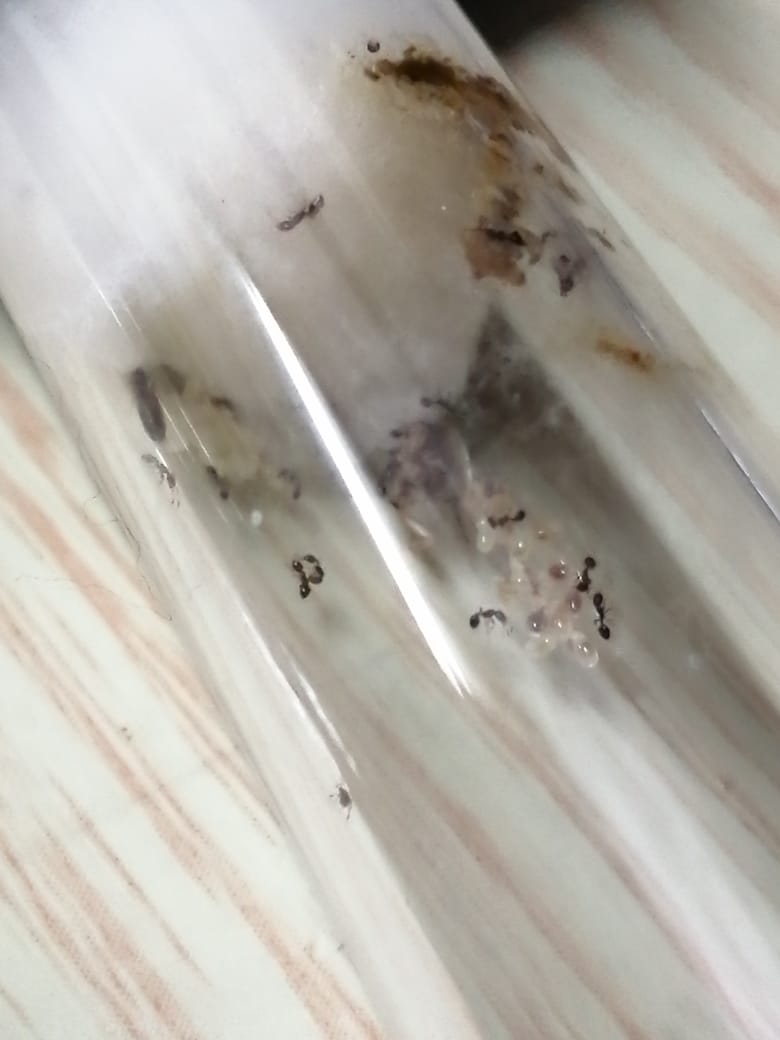
Anochetus sp, I moved them to this setup and they have changed it a lot. Currently has 10-20 workers. There is a worker in the picture and I circled it do you can see, the original unedited picture is in the gallery.
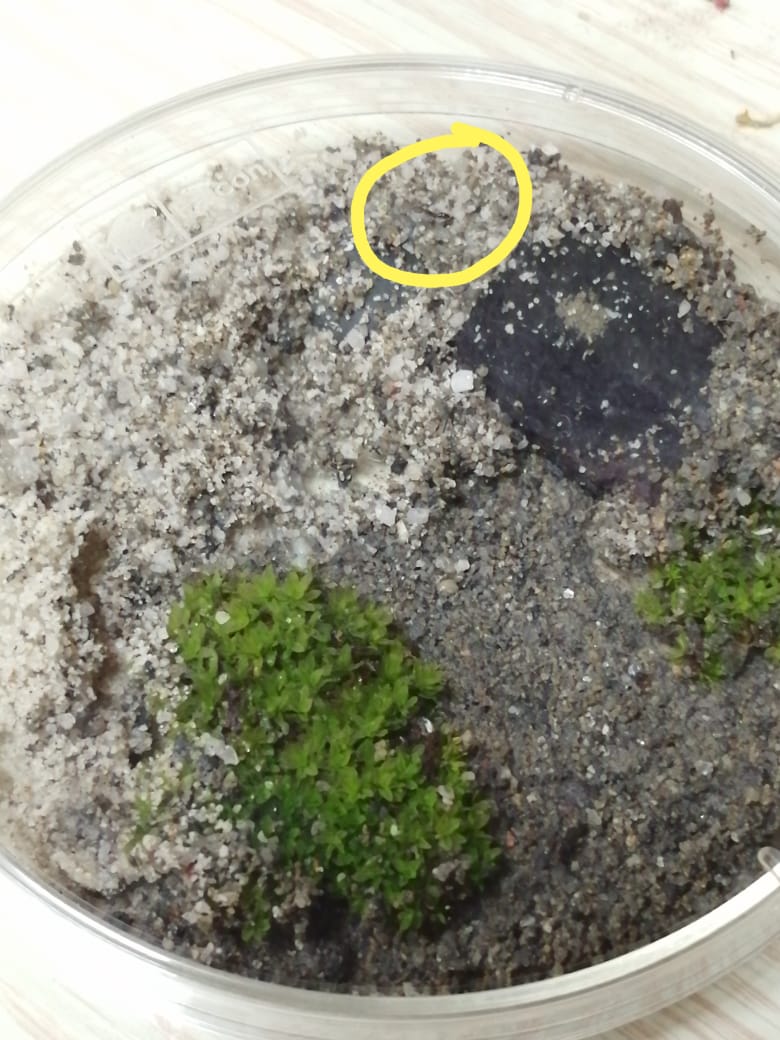
Tetramorium cf lanuginosum, she has pupae! ![]()
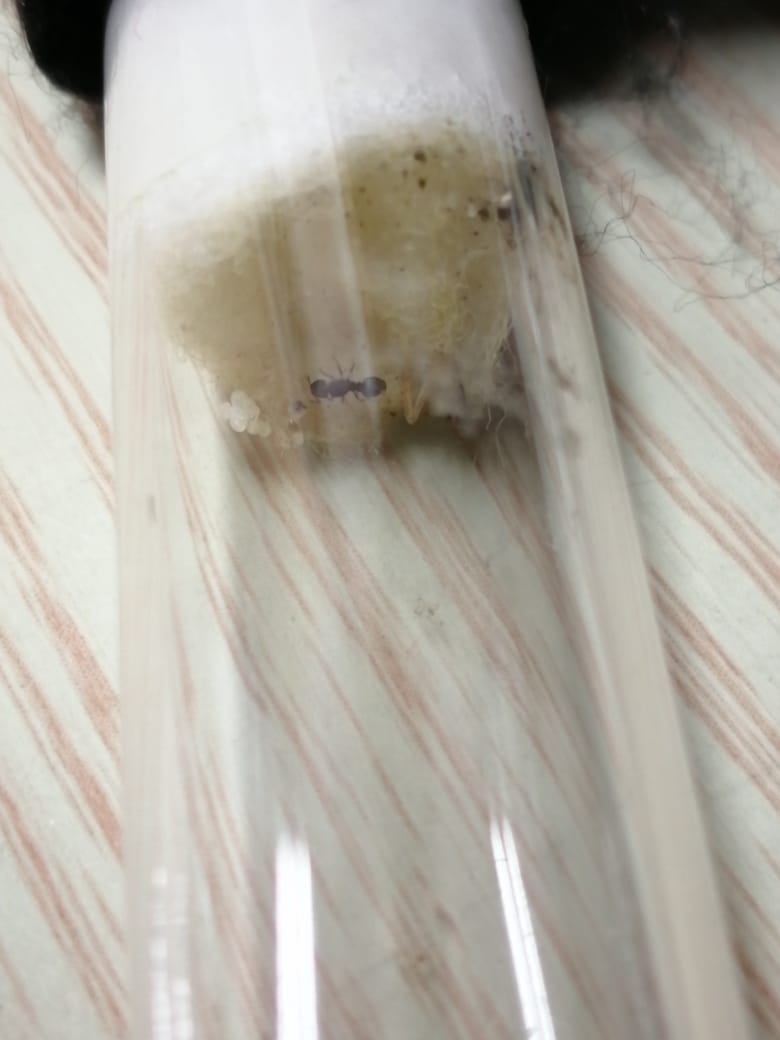
0 members, 1 guests, 0 anonymous users